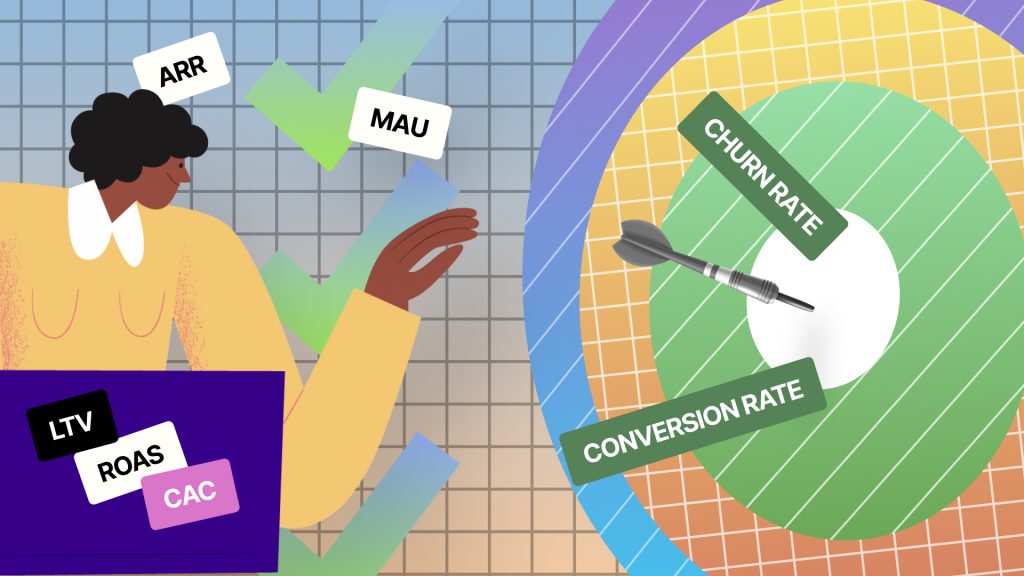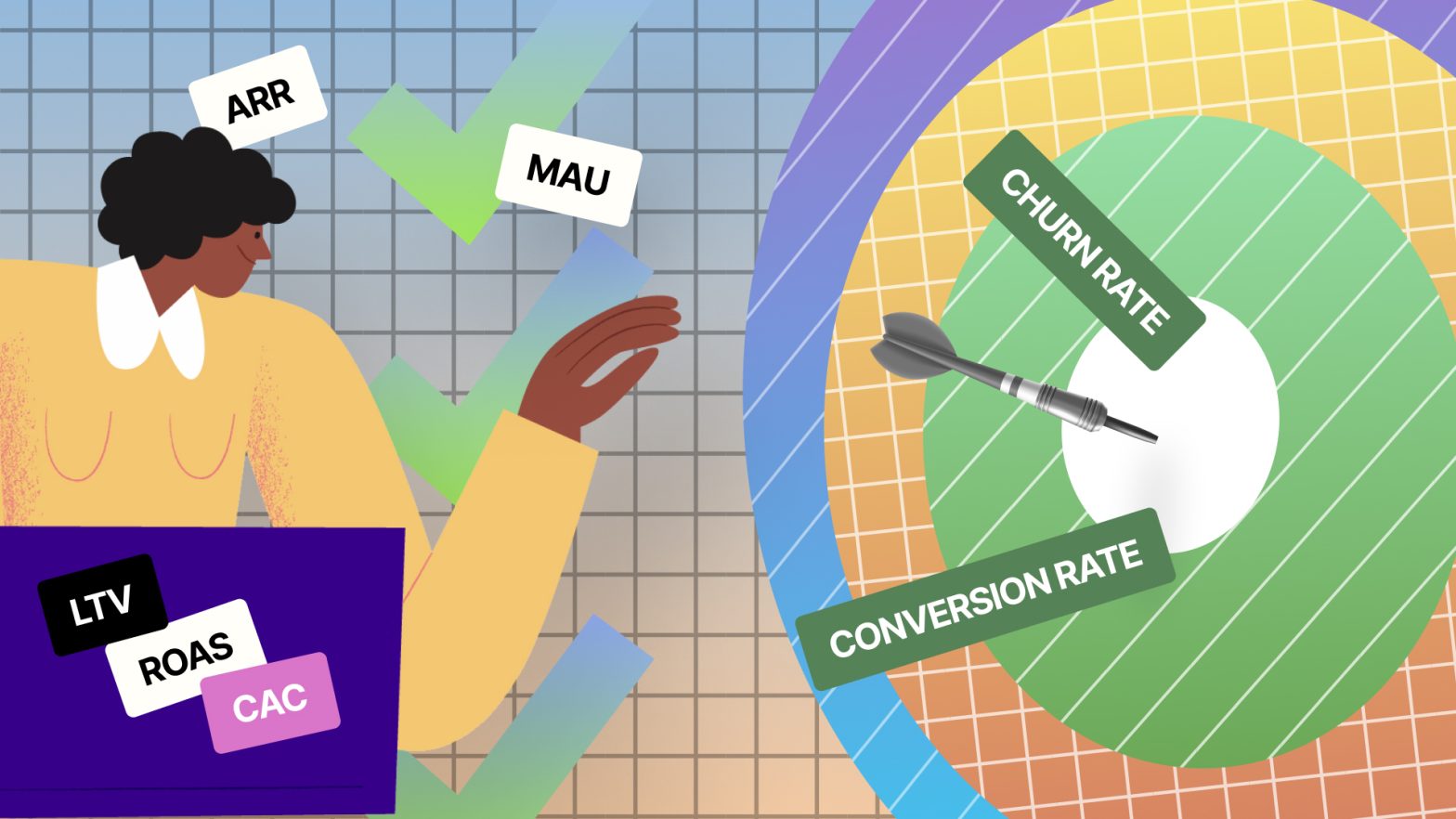
|
Essential Marketing Metrics for SMO Startups and Global Businesses
Introduction
In the dynamic landscape of digital marketing, Social Media Optimization (SMO) has emerged as a pivotal strategy for startups, midsize enterprises, and small businesses alike. To navigate the digital realm effectively, understanding and leveraging key marketing metrics is crucial. These metrics provide actionable insights into the performance of your SMO efforts, guiding strategic decisions for optimal growth. In this article, we’ll delve into essential marketing metrics tailored for businesses of varying sizes – startups, middle-sized enterprises, and small businesses.
Return on Ad Spend (ROAS)
ROAS is a fundamental metric that measures the revenue generated for every dollar spent on advertising. It is a crucial indicator of campaign profitability and efficiency. For startups, it provides insights into the immediate impact of their SMO efforts, helping to optimize strategies for maximum returns. Middles and small businesses can utilize ROAS to refine their budget allocation, ensuring that their advertising spend aligns with revenue goals.
Example: If a business spends $1,000 on a Google Ads campaign and generates $5,000 in revenue directly from that campaign, the ROAS is 5.
Customer Lifetime Value (LTV)
LTV metric represents the total revenue a business can expect from a customer throughout their entire relationship. For startups, understanding the long-term value of customers is vital for sustainable growth. Middles and small businesses can use LTV to assess the effectiveness of customer retention strategies. This metric guides marketing decisions by focusing on acquiring customers who contribute significant value over time.
Formula: LTV = Average Purchase Value × Average Purchase Frequency × Customer Lifespan
Example: If an e-commerce customer makes an average purchase of $50 every month, and they stay with the business for 12 months, the LTV is $600.
Customer Acquisition Cost (CAC)
CAC metric measures the cost of acquiring a new customer through marketing efforts. For startups, managing CAC is essential for budget planning and ensuring a positive return on investment. Middles and small businesses can use CAC to evaluate the efficiency of their customer acquisition strategies, refining campaigns to acquire customers at a sustainable cost.
Formula: CAC = Total Marketing Expenses / Number of Customers Acquired
Example: If a company spends $2,000 on marketing in a month and acquires 100 new customers, the CAC is $20 per customer.
Conversion Rate
Conversion rate measures the percentage of website visitors who take a desired action, such as making a purchase or filling out a form. Startups can use this metric to optimize their SMO campaigns for better user engagement and conversion. Middles and small businesses can leverage conversion rates to identify potential areas of improvement in their sales funnel.
Formula: Conversion Rate = (Number of Conversions / Number of Visitors) × 100
Example: If a website receives 1,000 visitors and 50 of them make a purchase, the conversion rate is 5%.
Engagement Metrics
For all business sizes, engagement metrics such as likes, shares, comments, and click-through rates are essential indicators of audience interaction. These metrics provide insights into the effectiveness of content and the resonance of the brand with the target audience. Businesses can use engagement data to refine their content strategy and build a more engaged and loyal customer base.
Example: A social media post receives 500 likes, 50 comments, and is shared 20 times, indicating high engagement.
Average Order Value (AOV)
Metric that measures the average amount a customer spends in a single transaction. It provides valuable insights into customer purchasing behavior, allowing businesses to optimize their marketing strategies for increased revenue.
Formula: The Average Order Value (AOV) is calculated by dividing the total revenue generated by a business by the number of orders received during a specific period.
Monthly Active Users (MAU)
MAU represents the number of unique users who engage with your social media channels within a given month. For SMO startups, tracking MAU provides insights into the growth and popularity of their platforms.
Monthly Active Users (MAU)
MAU represents the number of unique users who engage with your social media channels within a given month. For SMO startups, tracking MAU provides insights into the growth and popularity of their platforms.
Formula: MAU = Count of Unique Users in a Month
Sales Qualified Leads (SQL)
SQL metric measures the number of leads that are likely to convert into paying customers. For businesses of all sizes, tracking SQL is essential for aligning marketing efforts with sales goals.
Formula: SQL = Leads Likely to Convert into Paying Customers
Churn Rate
Churn Rate metric measures the percentage of customers who stop using your product or service over a specified period. For SMO startups and SMBs, understanding Churn Rate is crucial for retaining customers and sustaining growth.
Formula: Churn Rate = Number of Customers Who Stopped Using / Total Number of Customers
Annual Recurring Revenue (ARR)
ARR is a marketing metric for businesses with subscription-based models, representing the predictable and recurring revenue expected from subscriptions over a one-year period.
Formula: ARR = MRR (Monthly Recurring Revenue) * 12
Conclusion
Understanding and regularly monitoring marketing metrics empower businesses to make informed decisions, optimize marketing strategies, and ensure a positive impact on their bottom line. Each metric provides unique insights into different aspects of a business’s online presence and performance.
